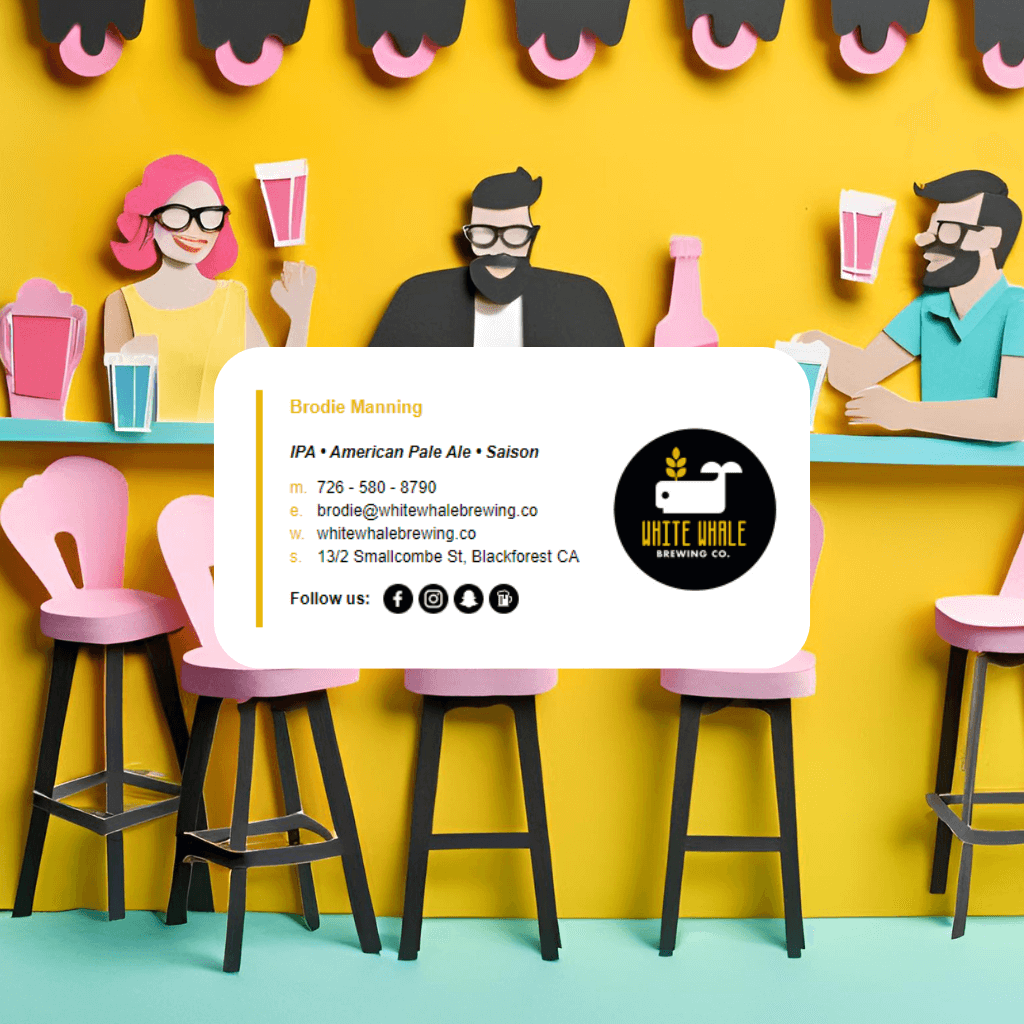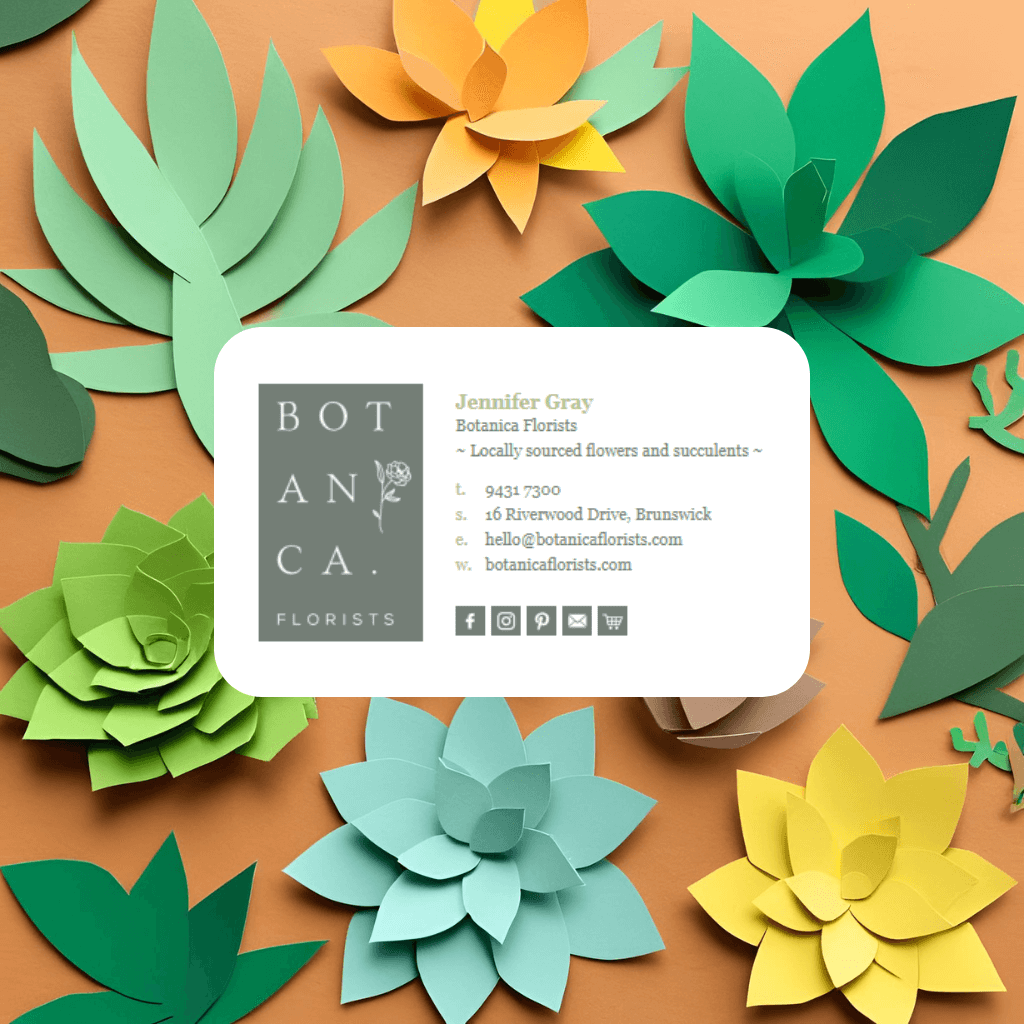Key Takeaways
- Most email clients render HTML differently, especially Outlook, which uses Microsoft Word to display emails.
- Copy-pasting won’t guarantee a consistent result unless the code is email-client-safe and specifically tested for each platform.
- Email Signature Rescue offers pre-tested HTML email signature templates that render correctly in Outlook, Gmail, and Apple Mail — no coding required.
- SigStudio is ideal for larger teams needing centralized control, user permission management, and company-wide consistency.
- The key to cross-client consistency is table-based layout, inline styles, hosted images, and deep testing.
The Email Signature Rendering Nightmare (And Why It Happens)
You’ve carefully designed your email signature. It looks perfect in Gmail. Then someone opens your email in Outlook… and it’s broken. Or maybe your logo disappears in Apple Mail. Sound familiar?
Unfortunately, this isn’t a rare bug, it’s the nature of email clients.
Each email client has its own rendering engine:
- Outlook uses the Microsoft Word rendering engine (yes, Word, not even Internet Explorer).
- Gmail strips out certain CSS and class-based styles.
- Apple Mail is more web-friendly but still has quirks, like how it handles retina images and font inheritance.
These inconsistencies mean that even the most beautifully designed email signature can fall apart if it’s not coded correctly.
Why Standard Design Tools Fail
You might be tempted to use Canva, Figma, or even Word to design your signature and then copy-paste it into your email settings. Here’s the problem: these tools don’t output email-safe HTML.
Modern web design relies on:
- CSS positioning
- JavaScript
- Web fonts
- Responsive layouts
But most of these features are either stripped out or unsupported in email clients. That’s why using HTML/CSS designed for the web won’t work in email — and can cause serious rendering issues across platforms.
How to Achieve Cross-Client Consistency
Here’s the secret sauce to email signature compatibility across Outlook, Gmail, and Apple Mail:
1. Use Table-Based Layouts
Modern web design avoids tables. But in email? Tables are king. They provide structure that clients like Outlook understand.
2. Inline CSS Only
Forget stylesheets or <style> blocks. All styling should be applied inline to each element. For example:
<td style="font-size:14px; color:#333333;">Your Name</td>


















